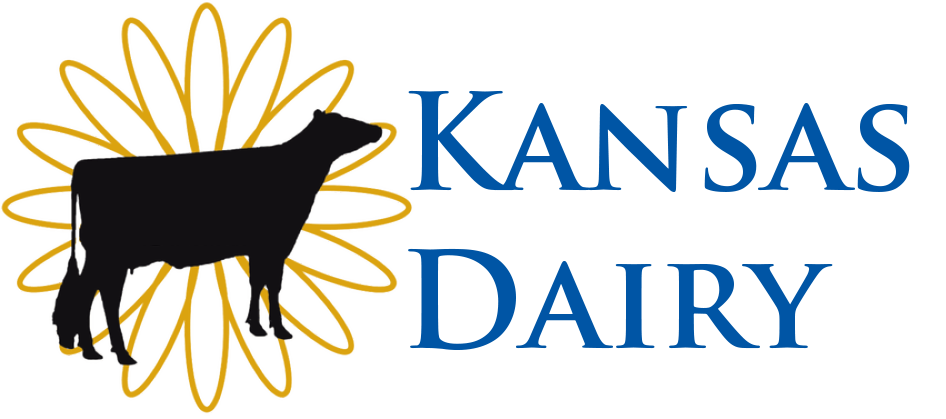Cost Realities When Building a University Dairy
As we work together to rebuild the Dairy Teaching and Research Unit at Kansas State University, there are some realities associated with building costs that we need to address. These issues are not unique to Kansas State University. Current projects at South Dakota State University, Michigan State University and the University of Idaho are experiencing similar cost issues.
There is a tendency to compare the estimated costs provided by the university architects to the current cost of building a commercial dairy. When we try to make this comparison, it is like trying to compare apples and oranges. You simply cannot make this comparison because there are major differences.
The primary priorities of the financial investment in the KSU Dairy Teaching and Research Center (DTRC) is towards dissemination (teaching and extension) and discovery (research) of new knowledge to drive statewide economic and work force development in the industry. This differs widely from the obvious priorities for a commercial dairy. However, there are final design foci that are consistent for university and commercial dairies relative to environmental stewardship, animal welfare and employee safety and wellbeing.
The current plan for the KSU Dairy is to replace the 1977 unit with a modern and current industry standard facility that represents the needs of the Kansas Dairy Industry, both large and small. The KSU DTRC fulfills the university land grant mission of teaching, research extension needs, allowing Kansas State University to attract the top students and faculty to our program, and to continue to lead the dairy industry in Kansas and beyond. The information below will provide some insight into the cost of constructing a dairy for the purposes of teaching, research and extension.
One of the first differences is the engineering process. When planning a building for the State of Kansas (KSU is under the building process for the State of Kansas), there are architects and engineers, site and geotechnical surveys, special inspections, and special testing that are required for the project. Including infrastructure improvements, this is 10 percent of the total cost of construction. State projects require detailed plans ensuring that all regulations and codes are satisfied while providing uniform information to ensure a competitive bid process. Commercial dairies utilize site and geotechnical surveys for permitting but they are generally built in regions with limited building codes while relying on a contractor’s previous dairy construction experiences using a cost-plus approach.
The state also requires contingency costs for design, construction and cost escalation. These costs are included to cover costs discovered during the detailed design process, actual construction and anticipated escalation of costs from the time of design until completion of the project. This accounts for more than 20 percent of the total cost of construction. It is very costly to design a project and then realize that escalation of costs requires additional funding to begin the build. We include these additional funds to ensure that dollars are available to complete the project.
Finally, there are certain costs associated with the code requirements of a building constructed for the State of Kansas. Additional costs associated with steel, concrete, electrical, ventilation, fire suppression, the American with Disabilities Act, classrooms, offices, bathrooms, locker rooms, etc. are also part of the plan. This facility must meet all local, state and federal codes and regulations.
The K-State Dairy Teaching and Research Unit, built in 1977, is in operation as plans evolve for a rebuild.
In addition, there are bonding requirements and wage requirements for the labor utilized in constructing a facility. Building to engineered building plans requires a higher level of skill resulting in a higher average labor cost as compared to building a commercial dairy. These items add about 20 percent to the total cost of construction compared to a commercial dairy facility.
This is a teaching and research facility. Space associated with teaching and research are not part of the typical costs of constructing a commercial dairy. For example, extra space is required around all chutes and palpation rails so veterinary students can observe and learn large animal surgical techniques. Individual and small group feeding stations are necessary for research. About 25 percent of the current cost is associated with space for classrooms, offices, research stalls, surgery, etc. These additional costs are necessary to provide for a modern teaching, research and extension facility.
As one considers the requirements to meet our land grant mission responsibilities related to teaching, research and extension and those necessary to comply with appropriate codes and regulations for a state funded project, these are associated with approximately 75 percent of the cost for the overall project. An unrelated but relevant comparison would be the cost to build a state highway and other items of this nature. Providing a state of the art facility for our students, faculty, research and extension programs and stakeholders will guide ASI and K-State in leading this industry into the future.
Thank you to the following faculty from Kansas State University who provided this information to Kansas Dairy.
Mike Brouk, Ph.D., Professor, Animal Sciences & Industry/DairyExtension Specialist
Mike Day, Ph.D., Department Head, Animal Sciences & Industry/Professor
Susan Metzger, Ph.D., Director, Strategic Interdisciplinary Program Development and Director, Kansas Center for Agricultural Resources and the Environment and the Kansas Water Resources Institute

